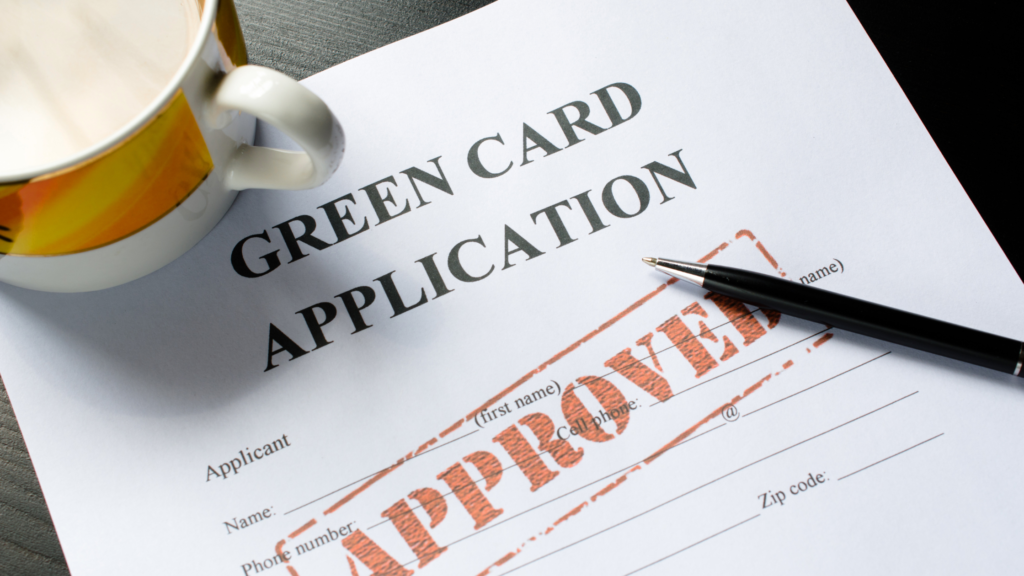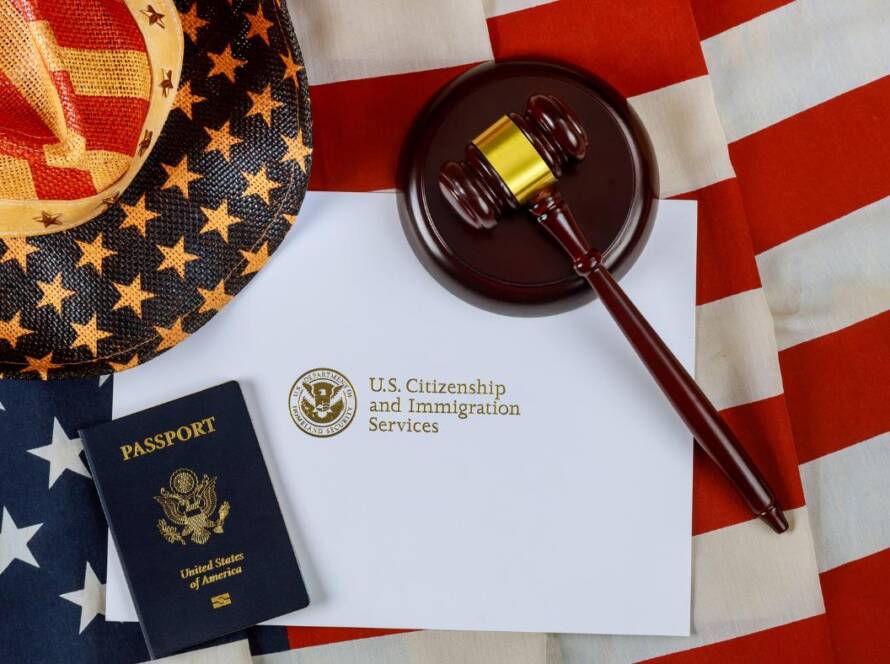
Applying for a U.S. Permanent Resident Card (also known as a Green Card) can feel overwhelming, but with the right guidance and expectations, you can navigate the process smoothly. Whether you’re applying through employment, family sponsorship, or another category, understanding the steps involved will help set you up for success. In this guide, we’ll break down the process in a simple, conversational way, answering common questions and giving you practical insights to make your Green Card journey easier.
Step 1: Determine Your Eligibility
The first step is to identify the category under which you qualify for a Green Card. The most common categories include:
- Family-based (sponsored by a U.S. citizen or permanent resident relative)
- Employment-based (offered a job in the U.S. or qualified for special employment categories like the EB2 NIW – National Interest Waiver)
- Diversity Visa Lottery (random selection for applicants from underrepresented countries)
- Asylum or Refugee Status (for those granted protection in the U.S.)
For employment-based applicants, the EB2 NIW category is particularly appealing as it allows individuals with exceptional skills or advanced degrees to self-petition without requiring employer sponsorship. If you think you might qualify, contact My Green Card Story to evaluate your case.
Step 2: File the Necessary Petition
Once eligibility is determined, you (or your sponsor, if applicable) must file a petition with U.S. Citizenship and Immigration Services (USCIS). The type of petition depends on your category:
- Employment-Based: File Form I-140 (Immigrant Petition for Alien Worker)
- Family-Based: File Form I-130 (Petition for Alien Relative)
- Self-Petitioning (EB2 NIW applicants): File Form I-140 with a strong argument proving your work benefits the U.S.
After submission, USCIS will provide a receipt notice and later a decision. Processing times vary but can take several months. Stay up-to-date on processing times by checking USCIS’s official website.
Step 3: Adjustment of Status vs. Consular Processing
Once the petition is approved, you’ll move on to one of two pathways:
- Adjustment of Status (AOS): If you are already in the U.S. on a valid visa, you can file Form I-485 to change your status to a permanent resident.
- Consular Processing: If you’re outside the U.S., you’ll go through the U.S. embassy or consulate in your home country for your Green Card interview.
Which path is right for you? This depends on your current location and visa status. If unsure, consult with My Green Card Story for a personalized assessment.
Step 4: Biometrics Appointment
Regardless of the pathway you choose, USCIS will require you to attend a biometrics appointment. This involves:
- Fingerprinting
- Photographing
- Background checks
This step ensures your identity and background meet U.S. immigration requirements.
Step 5: Green Card Interview
For most applicants, an interview with a USCIS officer (or a consular officer if applying from outside the U.S.) is required. During the interview, be prepared to:
- Discuss your background and qualifications
- Provide supporting documents (such as tax returns, employment letters, or proof of family relationships)
- Answer any questions about your application
Interviews can be intimidating, but preparation is key! My Green Card Story provides interview prep services to help you feel confident and ready.
Step 6: Approval or Request for Evidence (RFE)
After the interview, USCIS will either approve your application, request additional evidence (RFE), or deny it. RFEs typically ask for missing or clarifying documents. Timely responses to RFEs are crucial to keep your case moving forward.If you receive an RFE or denial, don’t panic! Contact My Green Card Story for guidance on how to respond effectively.
Step 7: Green Card Issuance & Welcome to Permanent Residency!
If approved, you’ll receive your Green Card by mail, granting you lawful permanent resident status in the U.S. Congratulations! With your Green Card, you can:
Apply for U.S. citizenship after a certain period
Live and work permanently in the U.S.
Travel freely (with some restrictions)
FAQs About the Green Card Process
1. How long does it take to get a Green Card?
Processing times vary depending on the category, country of origin, and USCIS workload. Generally, employment-based Green Cards take 12-24 months, while family-based cases can take longer.
2. Can I work while my Green Card is pending?
If you applied for Adjustment of Status, you can request a work permit (EAD) while waiting. If applying through consular processing, you’ll need a valid work visa to stay employed.
3. What if my Green Card application is denied?
Denials can happen for various reasons, but you may have options to appeal or reapply. Get in touch with My Green Card Story to explore your options.
4. Do I need a lawyer to apply for a Green Card?
While it’s not required, working with knowledgeable consultants like My Green Card Story can make the process easier and improve your chances of success.
5. What if I move during the application process?
You must update your address with USCIS to avoid missing critical updates. You can do this online or by filing Form AR-11.
Final Thoughts
Applying for a U.S. Green Card is a complex but rewarding process. Whether you’re applying through employment, family, or another pathway, understanding the steps involved can help you prepare and avoid common pitfalls.
Need expert guidance? My Green Card Story specializes in employment-based immigration, including EB2 NIW cases. Let us help you navigate the process with confidence! ➡️ Schedule a consultation today!
Let’s make Your EB2 journey a success! Stay connected with us! Follow My Green Card Story on all our socials for the latest updates, tips, and inspiring success stories. Got questions? We’re here to help!



